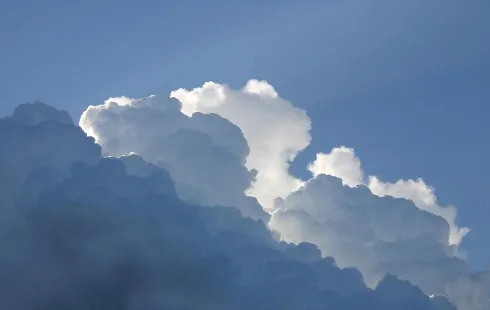
Pantone's Color of the Year an Endless Neutral Loop
Section: Fashion
The Pasterze Glacier, located on Austria's highest peak, the Grossglockner, is currently the largest glacier in the country. However, due to the ongoing effects of climate change, its status is under threat. Glaciers across the globe, including those in Austria, are melting at an alarming rate, with projections indicating that if current trends continue, Austria could be devoid of glaciers in just four decades.
A significant factor contributing to the accelerated melting is the increasing summer temperatures. Warmer conditions result in less snowfall, which is crucial for maintaining glacier mass. Fresh snow reflects sunlight, helping to keep the underlying ice cool. In contrast, the absence of new snow exposes older ice or debris, which absorbs heat, leading to faster melting. In recent years, rainfall has replaced snowfall during the summer months, further exacerbating the situation. This rain not only fails to replenish the glaciers but also accelerates the melting process due to the warmth of the water.
The Pasterze Glacier is currently retreating by more than two meters each year, particularly at its lower end, known as the glacier tongue. If this trend continues, it could be nearly gone in just 25 years. Furthermore, the glacier is at risk of splitting into two separate sections. The upper part, known as the Hufeisenbruch, is still connected to the glacier tongue, but an increasing amount of meltwater may eventually sever this link, resulting in a shift in the title of Austria's largest glacier to the Gepatschferner in Tyrol.
The loss of glaciers has profound implications for the surrounding environment. As glaciers melt, they reshape landscapes and diminish the water supply for rivers and streams. While Austria's drinking water is primarily sourced from rain and groundwater in the mountains, this may not be the case in other regions. For instance, in the Himalayas, many communities rely heavily on glacial meltwater for drinking, sanitation, and agriculture. The disappearance of glaciers in that region poses a significant threat to their livelihoods.
Glaciers also play a critical role in regulating the Earth's climate by storing cold temperatures and cooling the surrounding air. Their disappearance will lead to noticeable increases in global temperatures.
Recognizing the urgency of the situation, the United Nations has designated 2025 as the 'International Year of Glaciers' to raise awareness about the global crisis of glacier melting. Researchers emphasize that reducing harmful emissions could help stabilize the planet's temperature over time, allowing glaciers to persist longer. Emissions arise from various activities, including transportation, heating, and industrial processes.
It is essential for the public to understand the significance of glaciers and the necessity of collective efforts to decrease harmful emissions. Awareness and proactive measures can contribute to slowing down the effects of climate change and preserving these vital natural resources.

Section: Fashion

Section: News

Section: Fashion

Section: Arts

Section: Politics

Section: Health Insurance

Section: News

Section: News

Section: News

Section: Arts
Both private Health Insurance in Germany and public insurance, is often complicated to navigate, not to mention expensive. As an expat, you are required to navigate this landscape within weeks of arriving, so check our FAQ on PKV. For our guide on resources and access to agents who can give you a competitive quote, try our PKV Cost comparison tool.
Germany is famous for its medical expertise and extensive number of hospitals and clinics. See this comprehensive directory of hospitals and clinics across the country, complete with links to their websites, addresses, contact info, and specializations/services.
Join us for an enchanting Christmas adventure at the Münchner Marionettentheater! Experience the marionette play 'Der verschwundene Wunschzettel' by Siegfried Böhmke, featuring our beloved Kasperl Larifari and his little friend Stupsi. As Christmas approaches, both Kasperl and Stupsi have prepared...



No comments yet. Be the first to comment!